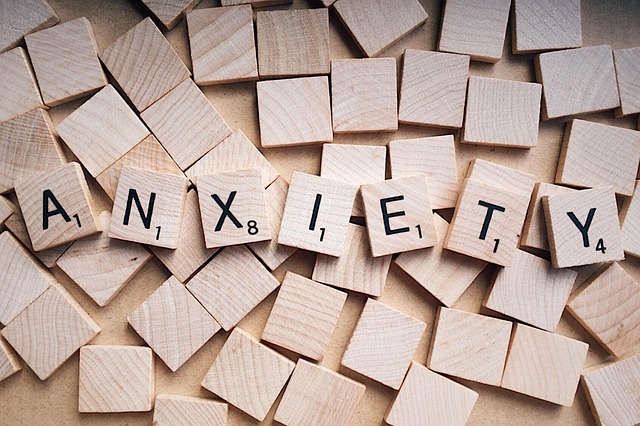Therapy for children in blended families emphasizes risk assessment and harm minimization through holistic interventions. By evaluating emotional well-being, family dynamics, and past traumas, therapists tailor sessions incorporating mindfulness, social skills training, and open dialogue to enhance coping mechanisms, self-awareness, and empathy. This approach addresses unique challenges, minimizes potential harms, and promotes harmonious relationships within complex blended family structures. Key planning elements include fostering open communication, age-appropriate activities, clear goal setting, crisis intervention guidance, and interactive workshops on mental health awareness to empower families.
Risk assessment and harm minimization are essential components of children’s therapy, especially within the unique context of blended families. This article explores these critical aspects, providing a comprehensive guide for therapists navigating complex family dynamics. We delve into understanding risk factors specific to blended families, offering strategies for effective planning and implementation in therapy sessions. By adopting these practices, therapists can enhance their approach to child therapy, fostering safer environments for vulnerable children within these intricate family structures.
- Understanding Risk Assessment and Harm Minimization in Children's Therapy
- Specific Considerations for Blended Families: Navigating Complex Dynamics
- Strategies for Effective Planning and Implementation in Therapy Sessions
Understanding Risk Assessment and Harm Minimization in Children's Therapy

In children’s therapy, risk assessment and harm minimization planning are crucial components to ensure a safe and supportive environment for young clients, especially within the context of blended families. This process involves identifying potential risks or hazards in therapeutic settings and implementing strategies to mitigate those risks. By carefully evaluating various factors such as a child’s emotional well-being, family dynamics, and past traumatic experiences, therapists can create tailored interventions.
One effective approach is incorporating practices like mindfulness meditation and social skills training to enhance coping mechanisms and promote positive interactions. These techniques not only aid in anxiety relief but also foster self-awareness and empathy, which are essential for navigating complex family structures. In blended families, where stepparents, biological parents, and children may have different experiences and relationships, therapy can play a pivotal role in harmonizing these connections while addressing any potential risks to the child’s emotional health.
Specific Considerations for Blended Families: Navigating Complex Dynamics

Blended families bring together two distinct households, often with children from previous relationships. This unique dynamic presents specific challenges when it comes to risk assessment and harm minimization planning. A key consideration is understanding and addressing the complex emotional landscape within these families. Children in blended families may struggle with feelings of confusion, insecurity, or even jealousy due to step-parents entering their lives and interacting with existing siblings.
Therapy for children in blended families plays a vital role in fostering self-awareness exercises and empathy building strategies. These therapeutic interventions can help children navigate the complexities of their relationships, improve communication, and develop essential social skills training. By promoting open dialogue, understanding, and acceptance, families can create a more harmonious environment, minimizing potential harms and nurturing healthy relationships.
Strategies for Effective Planning and Implementation in Therapy Sessions

When planning therapy sessions for children from blended families, a holistic approach is essential to address unique challenges. Therapists should employ strategies that foster open communication, encouraging both parents and children to share their perspectives and concerns. Creating a safe and non-judgmental environment is vital, allowing each family member to express themselves freely. Additionally, incorporating age-appropriate activities and techniques tailored to the child’s needs can make therapy engaging and effective.
Effective planning involves setting clear goals in collaboration with the family. Therapists can guide parents on implementing consistent coping mechanisms and stress management strategies at home. Regular sessions could include Crisis Intervention Guidance to equip families with tools to handle potential conflicts or emotional crises. Integrating Mental Health Awareness through interactive workshops or discussions can further empower blended families to navigate challenges proactively, fostering resilience in both children and parents.
Risk assessment and harm minimization are vital components of therapy for children from blended families, enabling practitioners to create a safe and supportive environment. By understanding complex family dynamics and implementing tailored strategies, therapists can effectively plan and deliver sessions that address unique challenges. This approach ensures the well-being of young clients and fosters positive outcomes in their therapeutic journey. For parents and caregivers navigating these complexities, recognizing the importance of harm minimization offers reassurance and empowers them to actively participate in their children’s healing process.














